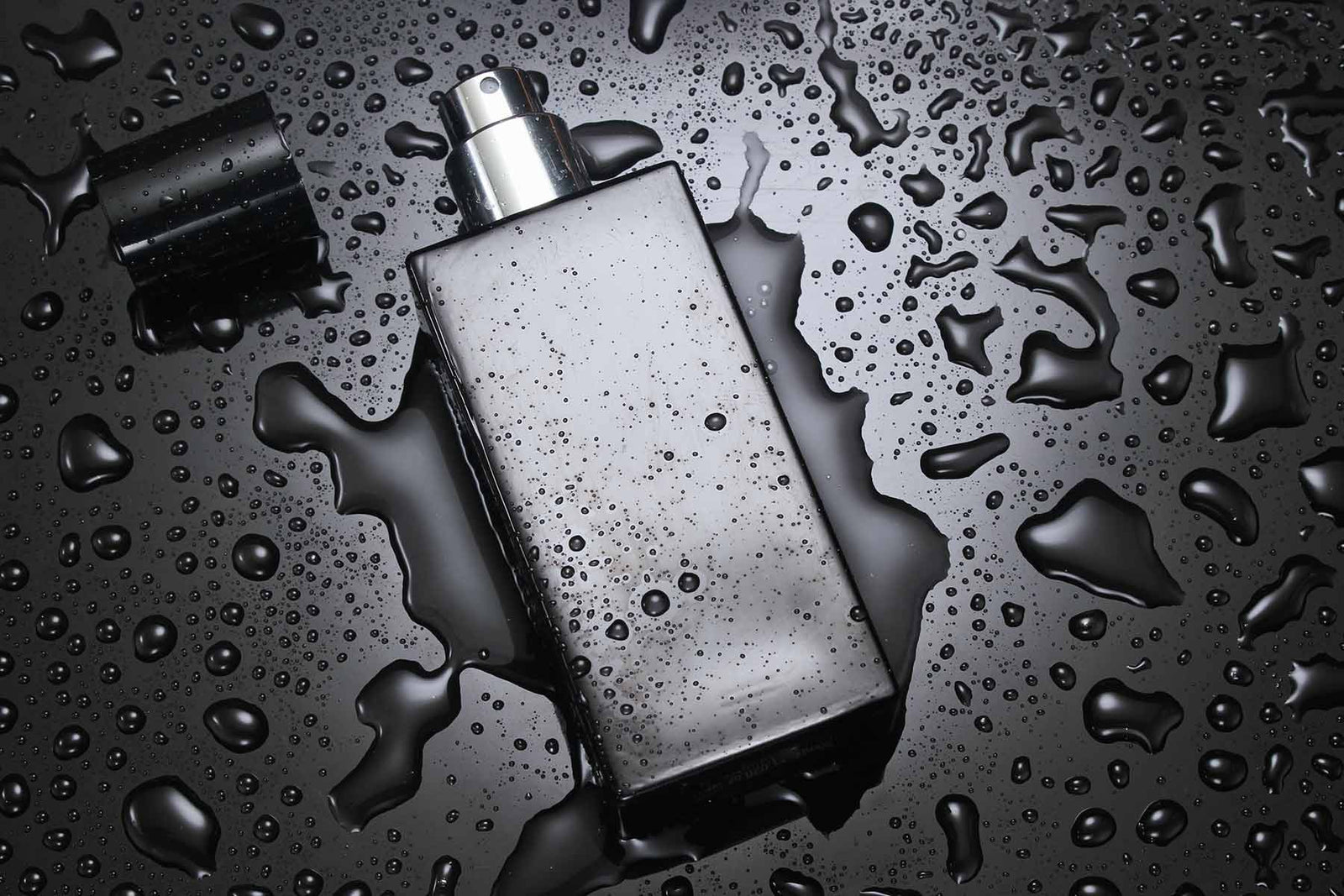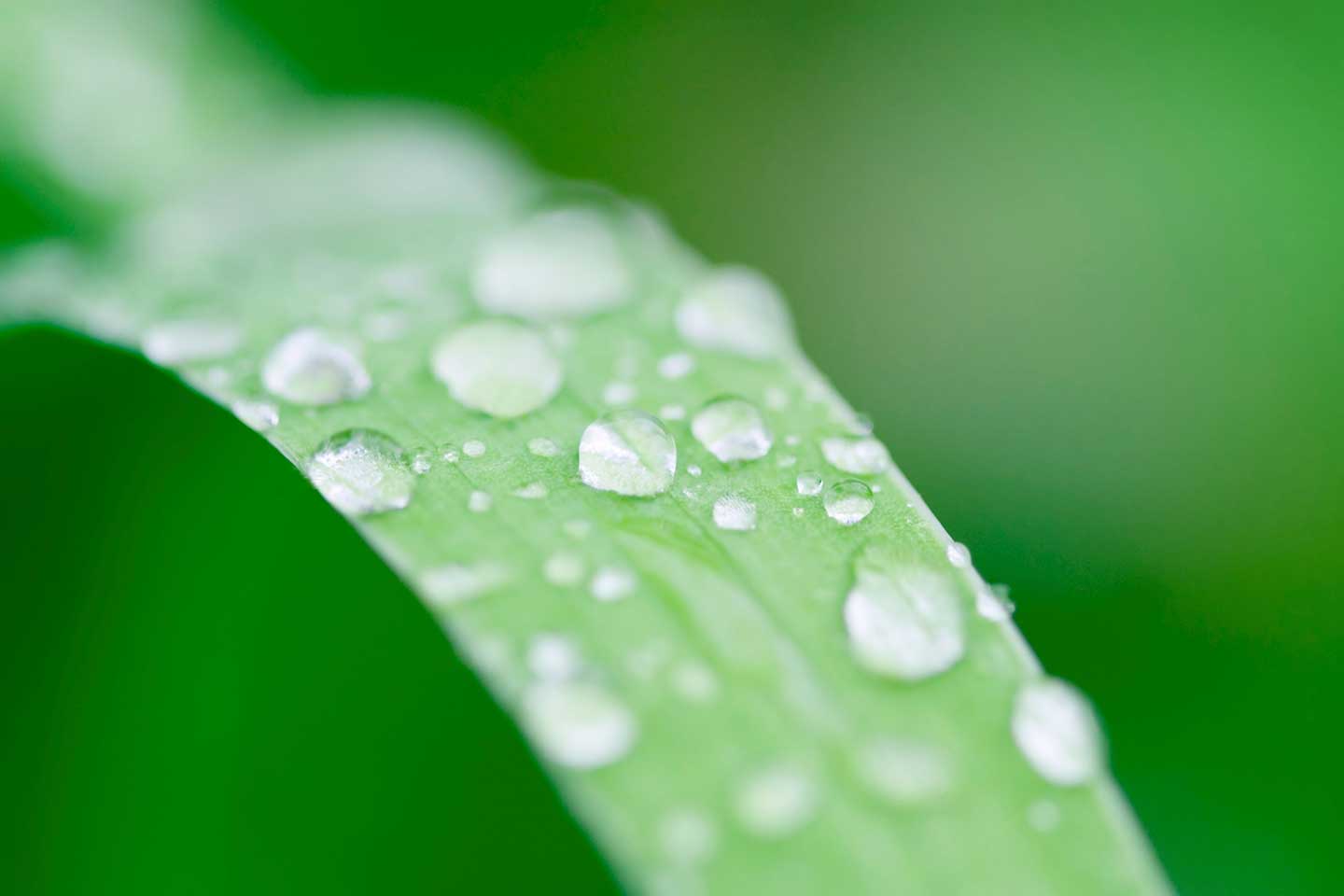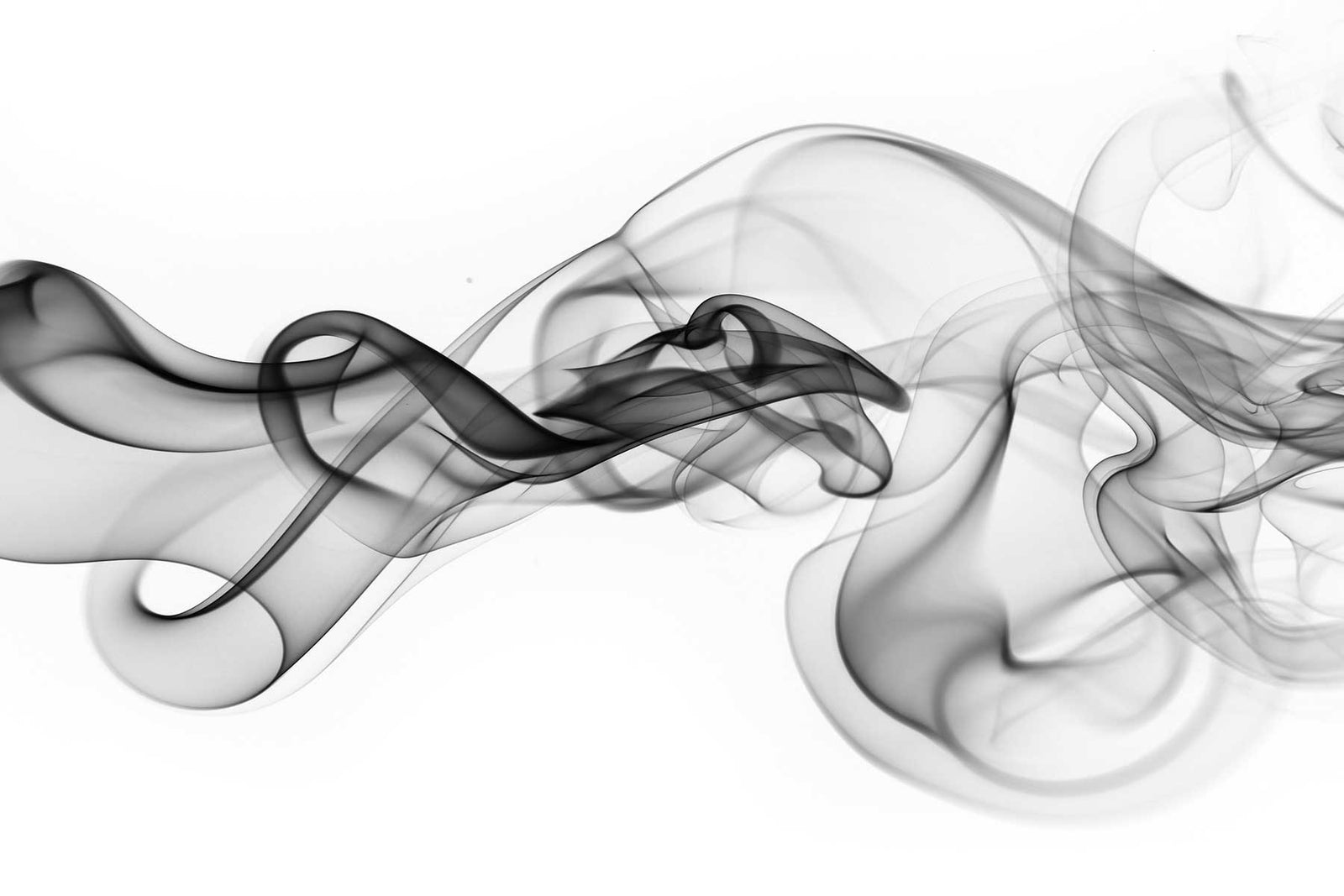Your Cart is Empty
Free Shipping orders over $100 (US only)
Menu

Free Shipping orders over $100 (US only)
Our Fragrances
What Is Natural Fragrance?
by Nathan Motylinski 2 min read

What Does “Natural Fragrance” Really Mean? A Complete Guide
Natural fragrance is widely discussed in beauty, personal care, and home products—but there is no single, universal definition. Brands and categories interpret it differently, focusing on safety, sourcing, or environmental impact. This guide explains the most common approaches so you can evaluate claims with confidence.
What Natural Fragrance IS NOT
Some brands define “natural” by exclusion—stating what their fragrances do not contain:
- Non-toxic: Conforms to IFRA or FDA safety standards.
- Banned ingredients: Excludes materials restricted by EU rules or retailer programs (e.g., Credo, Sephora Clean).
- Hypoallergenic: Reduces allergens, often excluding many plant-based ingredients.
Example: BHT and lilial are excluded in our formulations. Both are banned in some regions but still permitted in the U.S., highlighting global differences.
What Natural Fragrance IS
Other brands highlight positive attributes. These do not always overlap:
- Plant-based: Derived from plants (essential oils, natural molecules).
- Biodegradable: Breaks down within 28 days.
- Sustainably sourced: Harvested without over-farming or habitat destruction.
- Fair Trade: Sourced ethically, supporting communities.
Note: Essential oils are natural but often contain allergens and don’t always meet biodegradability standards.
Why Transparency Matters
Many products hide behind “fragrance” or “parfum.” Full disclosure lists all components, which may sound technical but builds trust with consumers.
Certifications to Know
- USDA Organic / Oregon Tilth: Organic certification at product level.
- EWG Verified: Safety scoring system requiring disclosure.
- EPA Safer Choice: Pass/fail program validating every ingredient.
- Retailer Standards: Proprietary criteria (e.g., Sephora Clean, Whole Foods).
Each certification limits available materials. From 1,200+ ingredients, we may only use fewer than 100 in some projects.
The Bigger Picture
Fragrance usually makes up just 1–2% of a product formula but receives the most scrutiny due to transparency concerns and consumer awareness.
FAQs About Natural Fragrance
Is natural fragrance always safer than synthetic?
No. Some natural extracts have allergens; some synthetics are safe and biodegradable.
Why do ingredient bans differ between countries?
Regulators update rules at different speeds. The EU often restricts faster than the U.S.
How can I tell if a fragrance is transparent?
Look for full disclosure of fragrance components rather than “fragrance/parfum.”
Are essential oils always natural fragrance?
Yes, but they may not meet biodegradability rules and often include allergens.
Which certifications matter most?
It depends: EPA Safer Choice and EWG for safety; Fair Trade for ethics; Organic for farming practices.
Final Thoughts
The definition of natural fragrance is still evolving. Until a standard is created, the best way to evaluate products is by looking at exclusions, transparency, certifications, and sourcing practices.
Leave a comment
Comments will be approved before showing up.
Also in Fragrant Thoughts

Perfume Labeling Requirements: US vs. EU
by Nathan Motylinski 3 min read
cosmetic compliance EU fragrance regulation fragrance allergen disclosure perfume labeling requirements U.S. perfume labeling law
Discover the key differences between U.S. and EU perfume labeling laws. Learn what must appear on fragrance labels, from ingredient lists to allergen disclosure, and get updated on the EU’s expansion from 26 to 80+ fragrance allergens.

ISO 9235 Standard Explained
by Nathan Motylinski 3 min read
clean fragrance fragrance compliance standard ISO 9235 fragrance standard natural fragrance oil plant-based fragrance formulation sustainable perfume ingredients
ISO 9235 is the international benchmark for defining natural fragrance oils and ensuring clarity in plant-based fragrance formulations. If you’re a perfumer, formulator, or brand working in the clean fragrance space, this standard matters.

Fragrance Regulatory: 50 Shades of Grey
by Nathan Motylinski 2 min read
Fragrance safety regulations can be confusing, even for us. While many folks think of IFRA limits as clearly black and white, they are really a constantly changing world of grey.
Read MoreSubscribe
Sign up to get the latest on sales, new releases and more …